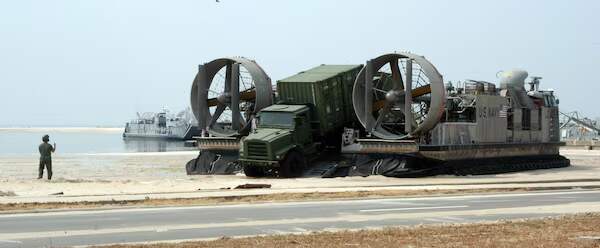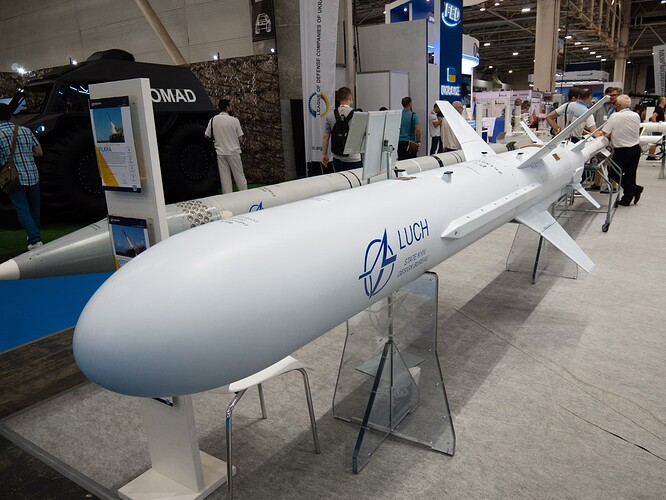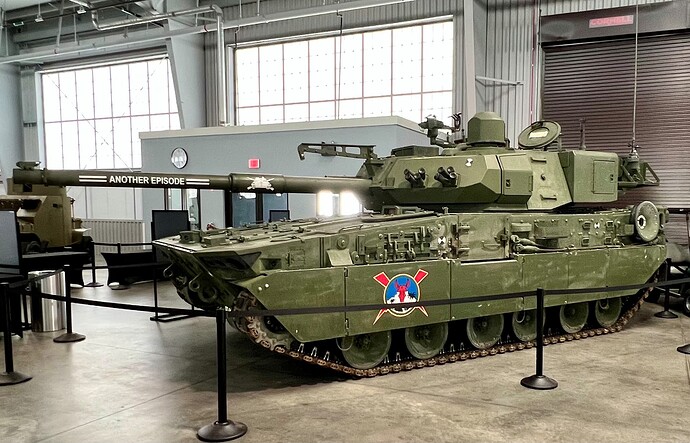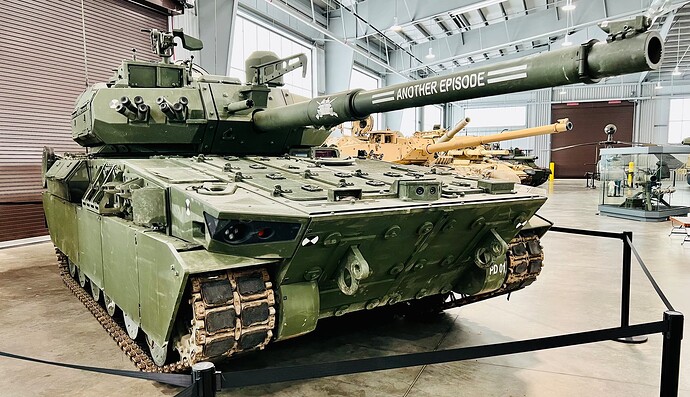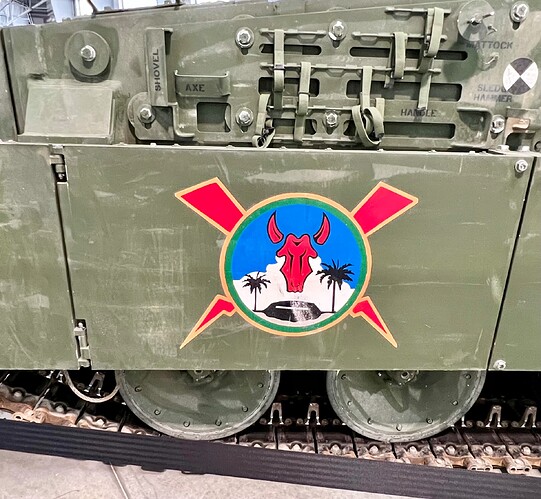I was next to this yesterday, and here’s my thoughts
The Corps won’t acquire the M10
- The Corps does need MPF. Unfortunately, it has failed to develop a needs document aligned to its current/new strategy.
So long as Force Design remains USMC strategy, tanks will not have a place in the Corps. And thats the problem I have with Force Design. It’s inevitable, someday, there is going to be a war, or some kind of conflict, other than China, in which America will have to send in the Marines. If they don’t have armor support -tanks, a lot of Marines will lose their lives. FPV drones maybe the new thing, but there isn’t a substitute for tanks. The idea that the Army will provide tanks, the moment Marines need them is also folly.
Buying and back-fitting an M10 is going backwards
That’s standard operating procedure for the Marines…… The Marines were never large enough to have tanks specifically designed and built for their operations. Thus, while all tank designs were spearheaded by the Army, the Marines simply adopted and adapted those “Army” designs to their own needs, and it’s been “relatively” successful, (with some exceptions)
The M10 is an existing design which wouldn’t need very many modifications to adapt into Marine Corps use. With the Navy’s current LCAC fleet, there is no need to “float” the M10 or provide wading gear, for them to reach shore. The LCACs can easily carry the M10, drop them on the beach and fetch another. This is how it was done with the older Abrams and the M60A1 before it. Once on the dirt, it can function like any other tank, and provide the Marines with a cannon greater than 30mm. The 105mm may seem outdated, but the 105mm is still a great, highly accurate gun with a wide variety of ammo types available
- Perhaps the Corps will try someone else’s MPF (mobile protected firepower) system, but the current administration doesn’t seem open to reversing the status quo.
I would love for the current administration to recognize and reverse Force Design, and thus return the original role of the Marines in our national defense. I wouldn’t be opposed to keeping some elements of Force Design, in the sense that Marines could adopt an offensive strategy against an enemy naval force, but I’m dead set against reconfiguring the entire Corps to that one role, and giving up the capability of projecting a landing force from the sea.
In its current form, Force Design guts the Marines role as an expeditionary force in readiness, which in turn undermines America’s ability to rapidly deploy military force to hotspots anywhere in the world. That has to change and change quickly.
I don’t know if there is a MPF type vehicle that would fit the bill. A vehicle like the Centauro 2 has the firepower of a MBT, but the armor tends to be lighter, and wheeled mobility isn’t a match for tracks, especially in an amphibious role, in which a vehicle might have to traverse mud and water (not necessary deep water)
The old Cadillac Gage Stingray had been mentioned , so I’ll mention that possibility. The Army has no interest in it, but the Marines might, if it clicks all the boxes. In the overall picture, the Stingray is a light tank. It does carry a 105mm, which is good, but armor-wise, there is no advantage to any other AFV currently in Marine Corps inventory. If the Stingray could be up-armored and given a more powerful engine to counter the weight penalty with suspension upgrades, it might be a suitable option. But I don’t see it because the Stingray was specifically designed to be cheap so it would appeal to the export market. For the Marines, it would need some advanced technology to make it competitive against modern MBTs it may encounter, and thats a tall ask. In my opinion, the Marines really need a Main Battle Tank, the only MBT option in the US inventory is the Abrams and that’s getting too heavy, even for the Army. The M10 is the next best option, considering that it exists. There is no possibility for Marines to get the old M60A1s back, but they could get back those older M1A1s and A2s with a few upgrades. -Personally, I’d like to see a diesel variant of the Abrams for USMC use as the turbine engines are quite thirsty. Unfortunately there isn’t a current diesel in the 1000+ hp range available for an Abrams. The old AVDS1790 Conti engines are about 70 yrs old now and they were never designed to support over a thousand horsepower. That means either a new engine design or buy German MTU engines (provided they fit in the hull).
Anyway, as far fetched as it sounds, thats my opinion, for what it’s worth
Edro
